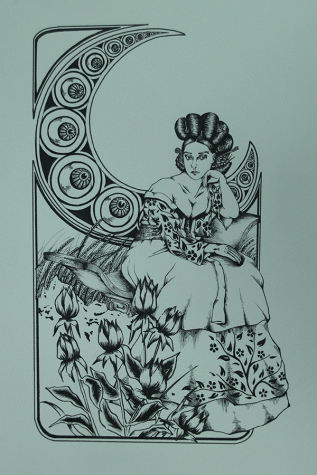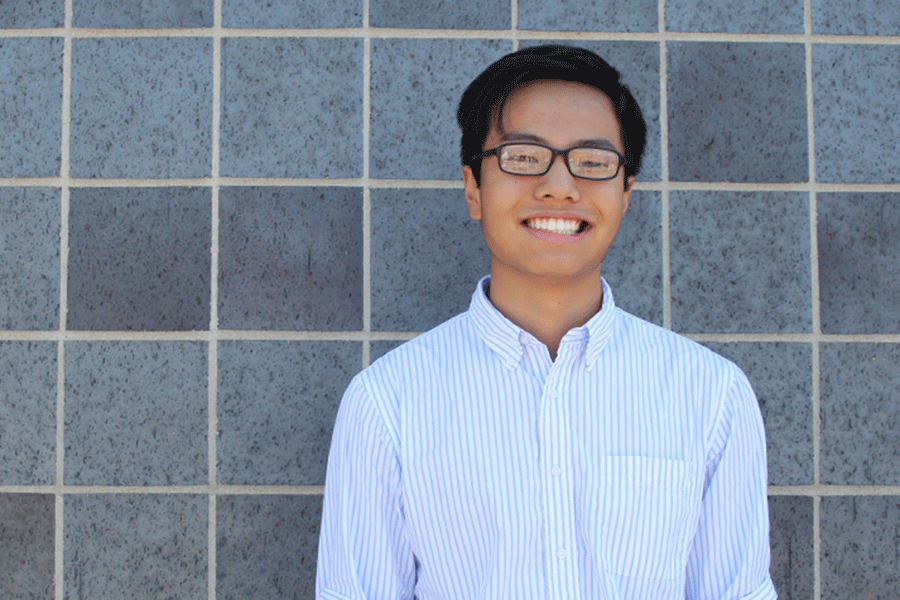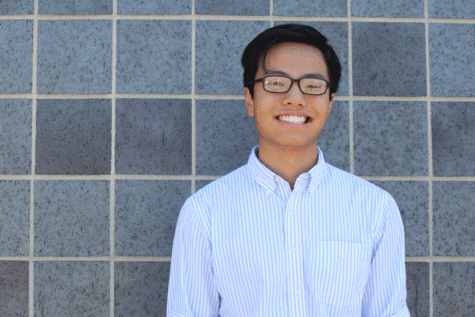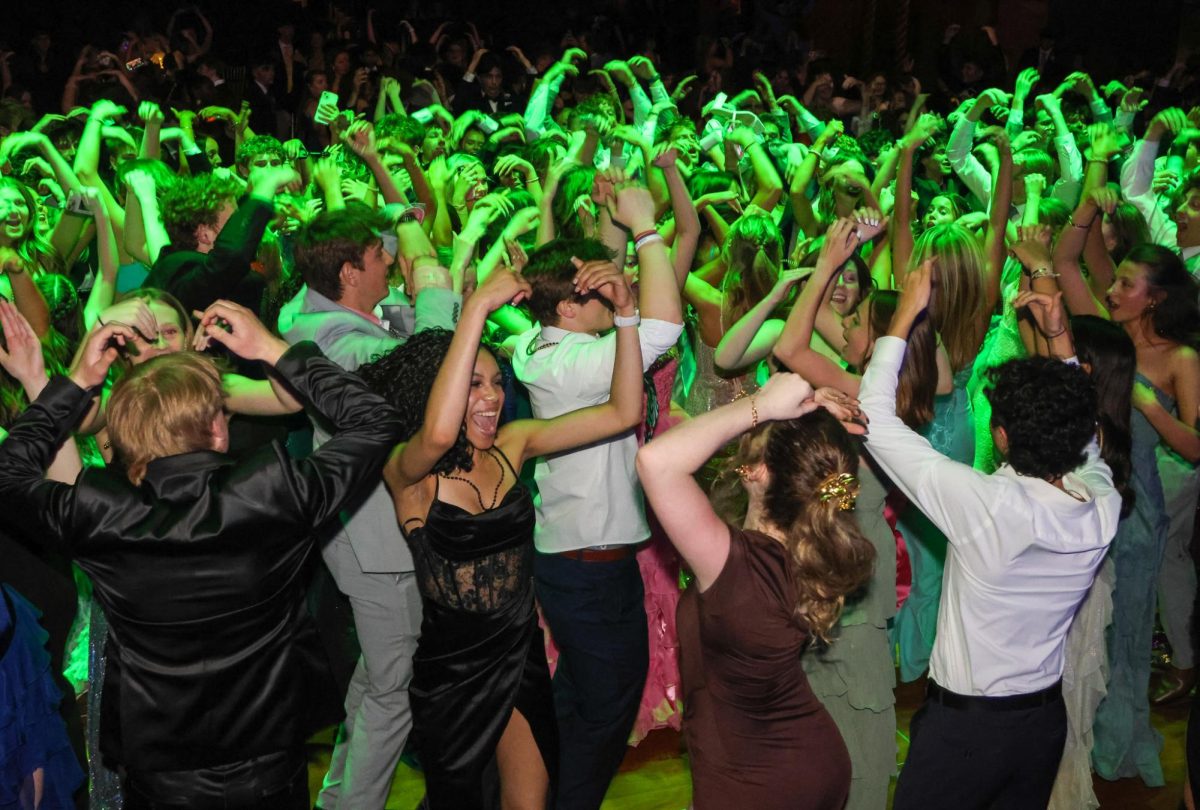Chen’s Canvas: Kisaeng
January 13, 2016
Hello and welcome to another post on Chen’s Canvas. Now that I’m back in the swing of posting weekly once again, we’ll be examining some more art from my AP Studio Art collection. For this week’s review, one of my art nouveau concentrations will serve as the topic. We’ll be examining the last piece that I created last year in my collection — Kisaeng.
A Kisaeng, or Korean, entertainer served as the focus of the piece. That focus draws on the style of art nouveau and the focus on the female figure. Many art nouveau pieces showcase women in a soft and beautiful manner. The inspiration for this piece mainly came from the artwork of Alphonse Mucha and his pieces.
Mucha’s art can be described as light and fantasy like. Art nouveau has deep roots in nature and the inspiration draws from flowers and the earth, giving it that light and soft essence. With that in mind, the Kisaeng was set in an environment full of flowers — representative of the art nouveau period.
Another key element in creating art nouveau pieces is the use of a border to surround the subject. Many of Mucha’s pieces include this element, and I replicated that same principle in my image.
Throughout this piece, one of my main goals was to also focus on line weight and variation, using lines that were dark and bold contrasting to those which were lighter and softer. This was crucial, as this would serve as the main technical aspect of the piece. No color was included, so, in order for the black and white to make an impact, a strong understanding of line weight would need to be displayed.

The main goal in this image, along with my art nouveau collection, is to incorporate Asian elements into the Western style of art nouveau. In binding the Korean culture with aspects of Mucha’s artwork, I feel as if I was able to bring to the table an Asian flare to art nouveau.













